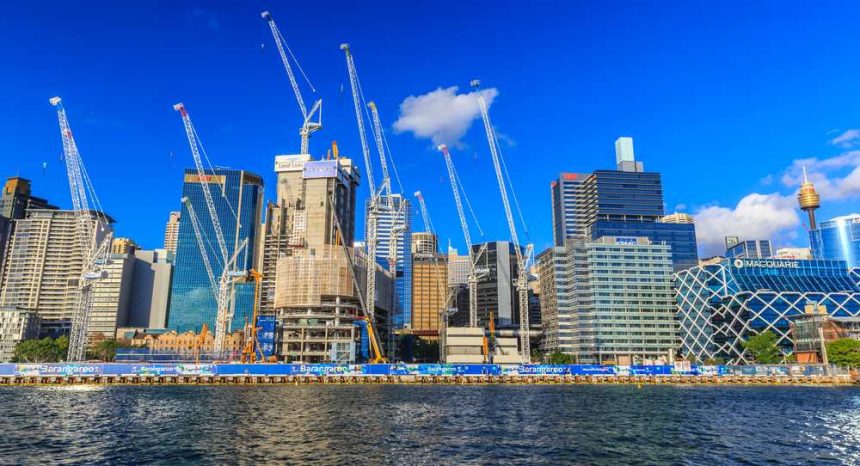The harbour city has taken the top spot as Australia’s most expensive area for construction works in 2024.
According to a recent annual International Construction Costs (ICC) Report from consultancy group Arcadis, Sydney’s construction sector has other Aussie capitals beaten when it comes to the cost of doing business.
Looking at 20 different building types from 100 of the world’s largest cities, the organisation’s global team of experts ranked the NSW capital 48th in the world, with Brisbane, Melbourne, and Perth following closely behind at 51st, 54th, and 62nd, respectively.
However, while the rankings put Aussie cities in the same league as construction meccas like Abu Dhabi (55) and Montreal (49), this year’s results surprisingly mark a significant drop in project costs from 2023 across the board.
Sydney dropped 12 places when compared to last year, with many other major cities dropping five places.
Adelaide fell four places down the rankings to 67th and now holds the title of Australia’s capital city to build in, according to the data.
Arcadis cost and commercial management executive director Matthew Mackey said the change in rankings was not down to one or two reasons.
“The challenge of rising inflation levels above 5 per cent across Australia’s cities, juxtaposed with a weaker Australian dollar, meant our cities fell in the ICC ranking this year,” Mackey said.
“Rising insolvencies and diminishing capacity has fuelled further construction cost escalation, and while this has not been at the peak of 2022, it has continued to damage and reduce the margins for project viability.
“While the industry grapples with higher construction costs, projects have stalled amid damaging confidence levels.”
But Mackey said these challenges in construction might be shortlived, claiming 2024’s strong project pipeline would give the industry “an opportunity to reset”.
“The strength of longer-term project pipelines suggests these challenges may be short-term,” Mackey said.
Globally, London topped the list as the most expensive city to build in, followed by Geneva, Zurich, Munich and New York City.
Tech sector fuels construction cost boom
According to Arcadis, while reasons for ranking changes vary from city to city, one thing the world’s largest builders have in common is the push for data centres.
The report found that the complex and large-scale nature of building data centres increases financial risk across the board, with projects requiring constant design refinement even during construction.
Arcadis industrial manufacturing global director Martijn Karrenbeld said the current “resource-constrained market, existing supply chains and delivery models” wouldn’t be enough to protect the growing tech investment.
“This will place a premium on productivity-led design, procurement, and construction to deliver projects at scale—and project teams need to be ready to adapt,” added Karrenbeld.
With the industry also seeing an increase in Government funding fuelling competition for labour and materials and high borrowing costs undermining “much-needed” infrastructure investment, the report concluded that Australia was still feeling the impacts of the pandemic.
Constructions road to recovery
In an effort to right the ship that is Australia’s construction sector, the report included a five-point framework designed to help businesses build resilience when dealing with setbacks, managing risk while scaling, program interdependency modelling, data investment and live project controls.
Arcadis chief growth officer Edel Christie said using data effectively for decision-making would be crucial for growing the industry in the coming years.
“As conditions stabilise for construction sectors globally, the market for delivery is evolving at a rapid pace,” Christie said.
“Better use of data, insight and decision-making is critical—whether that’s to meet sustainability requirements, improve stakeholder management, attract more capacity, or better engage with the capabilities of a global supply chain.
“Delivering according to plan is critical and, even as construction programs become more complex and resources harder to secure, the need to effectively manage risk will be critical for start-ups and industry champions alike.”







